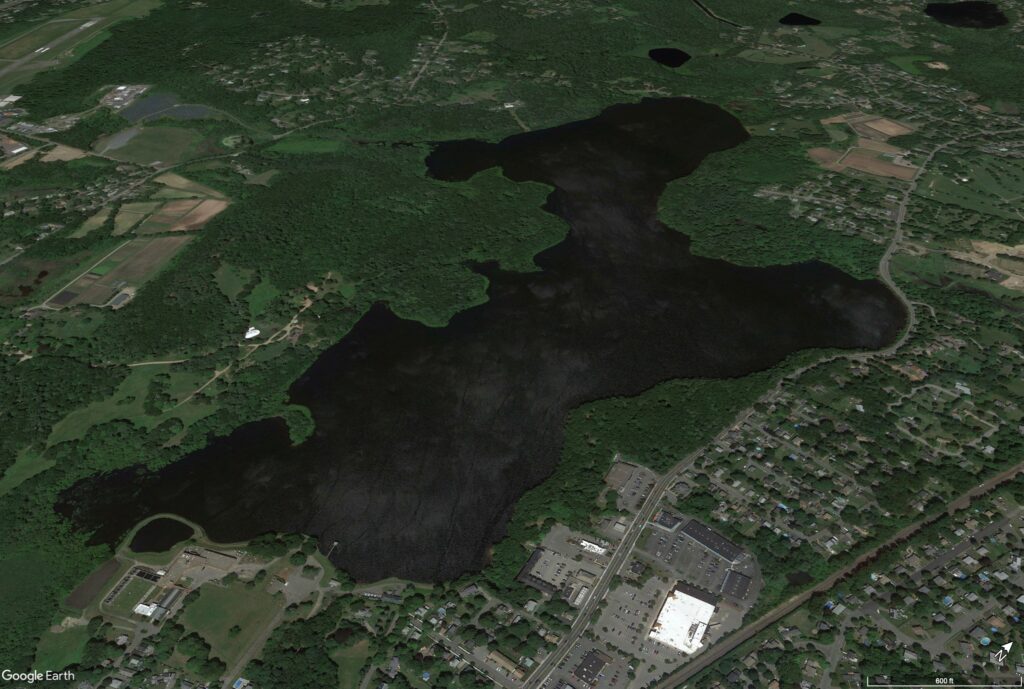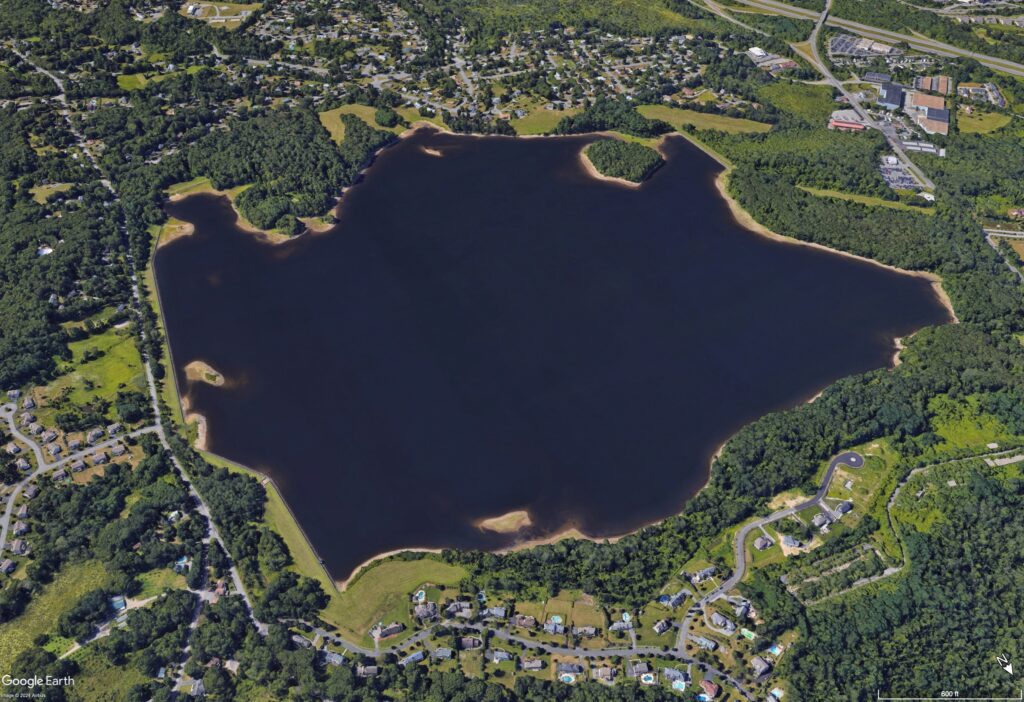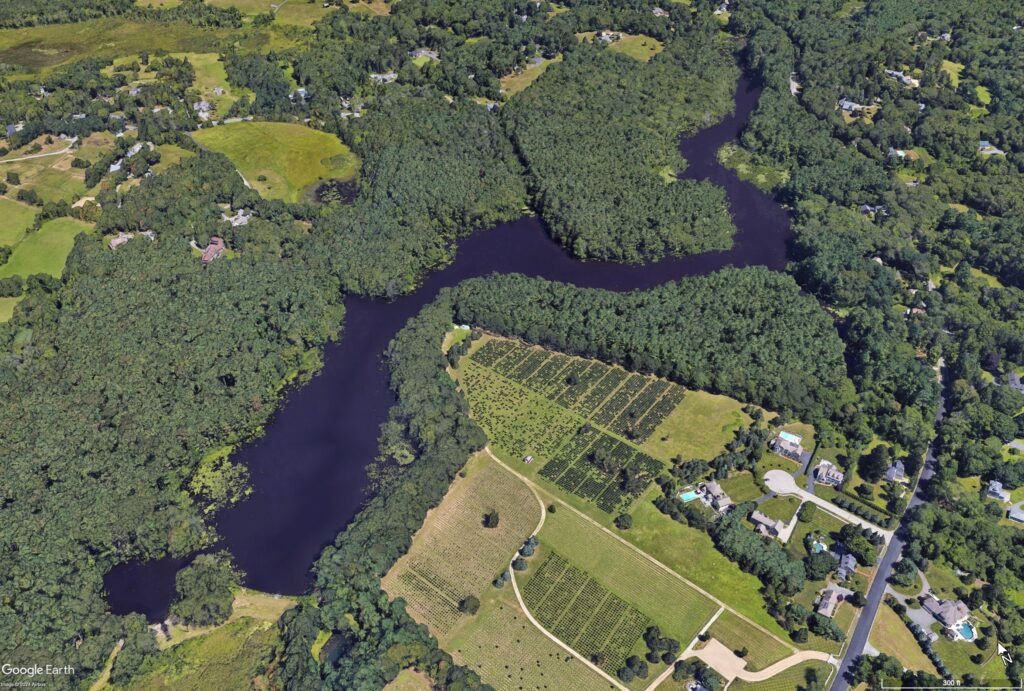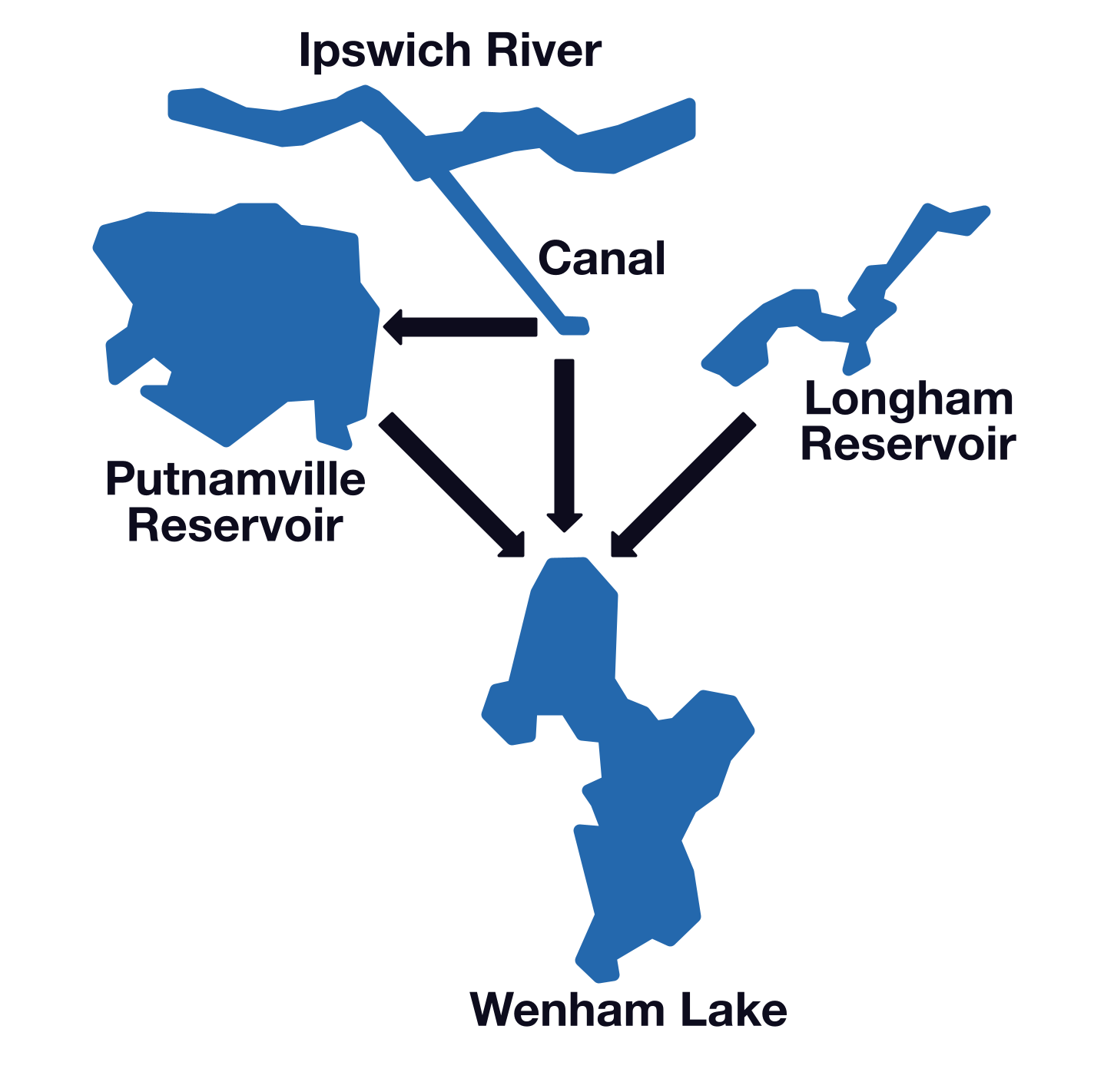Our Water Sources
The Board provides potable water to the cities of Salem and Beverly, along with parts of the Town of Wenham, for drinking, sanitation, and fire protection. The Board’s mission is to protect and maintain its four sources and surrounding watershed, treat the water at the Arlington Avenue Water Treatment Plant located in North Beverly, and deliver water to the individual Salem and Beverly Pumping Stations.
This water is drawn from the Ipswich River and three reservoirs:
- Wenham Lake,
- Putnamville Reservoir,
- Longham Reservoirs.
The Board recognizes the importance of storing high winter and spring flows of the Ipswich River for use in summer when river flows are naturally low. Between December 1 and May 31, when there is excess water in the river, water is pumped to the Putnamville Reservoir and/or Wenham Lake Reservoir for storage and use during summer and fall each year. Water is not pumped from the Ipswich River from June 1 through November 30. Similarly, Longham Reservoir augments Wenham Lake during high flows.
Between the three reservoirs, the total capacity is approximately 4.2 billion gallons of water, which can be reliably replenished every year. Between the residents of Salem, Beverly, and those served in Wenham, the Board produces over 3.3 billion gallons of drinking water each year.

Wenham Lake – Located in Beverly and Wenham, MA

Putnamville Reservoir (1954) – Constructed in Danvers, MA

Longham Reservoir (1896) – Constructed in Wenham, MA

Salem and Beverly Waterway Canal (1915) – Constructed off of the Ipswich River in Topsfield/Wenham, MA
Satellite Photos Courtesy of Google Earth
Source Interconnections
All of our reservoirs are interconnected by a series of pipelines, pumping stations, and series of valves.
Water from the Longham Reservoir flows in a 36-inch pipe by gravity directly to Wenham Lake, while water from the Ipswich River can diverted to the Putnamville Reservoir or to Wenham Lake. The Board only withdraws water from the river in the months when the water level is in flood-stage during December 1st to May 31st, where it is stored for the dryer months. The Board does not withdrawal water from the river during the Summer and Autumn season.
Putnamville Reservoir is partially filled by water from the Ipswich River. The water is stored in the reservoir, and when demand is high enough, it is allowed to flow by gravity to Wenham Lake. This system allows Wenham Lake’s waterline to stay at a consistent elevation.

How Is Your Water Purified?
The source waters of the Board’s reservoir system undergo extensive treatment at the water treatment plant on the shores of Wenham Lake Reservoir in Beverly before drinking water is delivered to your home or business. The water is treated to exceed all state and federal drinking water standards established by the U.S. Environmental Protection Agency (EPA) and the Massachusetts Department of Environmental Protection (MassDEP). The plant removes naturally occurring impurities from the source water as required by federal regulations and good public health practices.
- Source Water: Raw water for the water treatment plant is drawn from Wenham Lake Reservoir.
- Pretreatment: The first step in the treatment process combines preoxidation with potassium permanganate, adsorption with carbon and coagulation with alum and polymer, followed by gravity settling to remove manganese, natural color, taste and odor, and sediment and particles.
- Filtration: The water passes through sand and anthracite media to remove organic compounds. Filtration also acts as a “polishing step” to remove additional particles, color, and bacteria.
- Disinfection: Sodium hypochlorite is used to provide disinfection of the filtered water to kill bacteria and viruses and maintain a protective residual throughout the distribution system.
- Post treatment: Fluoride is added to prevent tooth decay/cavities. To maintain corrosion control in the distribution pipes, the Board adjusts the pH and uses a phosphate additive that is designed to optimize corrosion control throughout the distribution system and minimize dissolved lead in the pipes and household plumbing.
To ensure the highest quality water, the Board continuously monitors the effectiveness of the treatment process and makes necessary adjustments to the treatment to maintain water quality.

